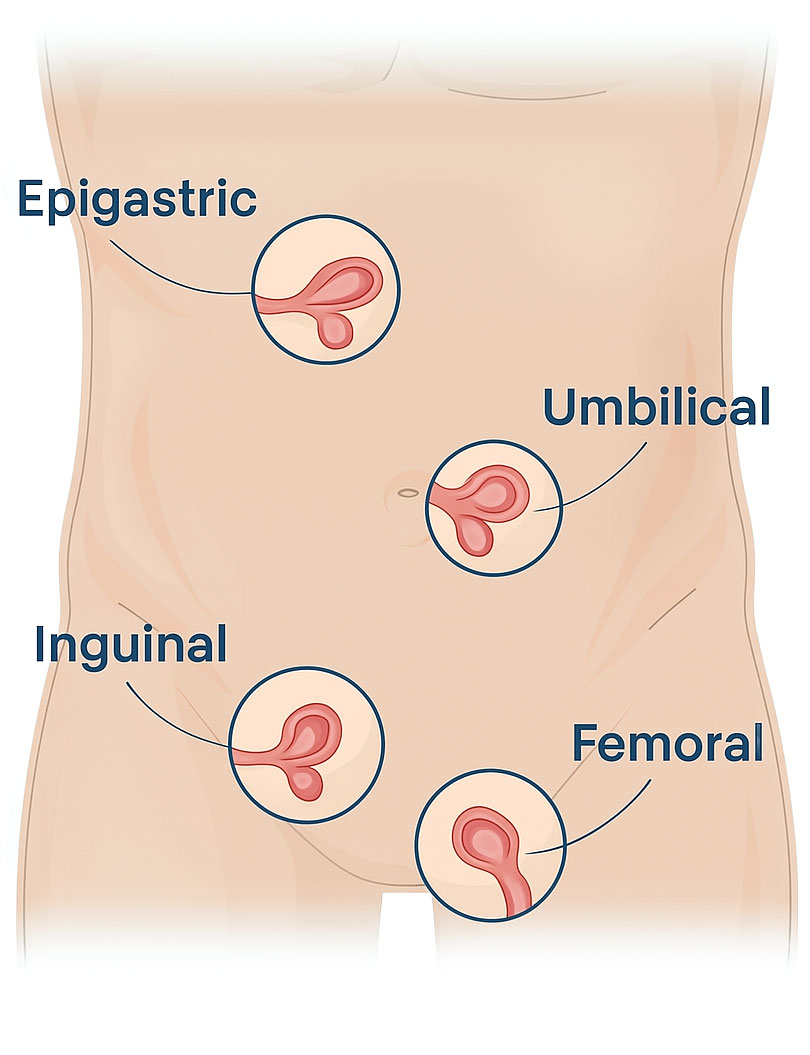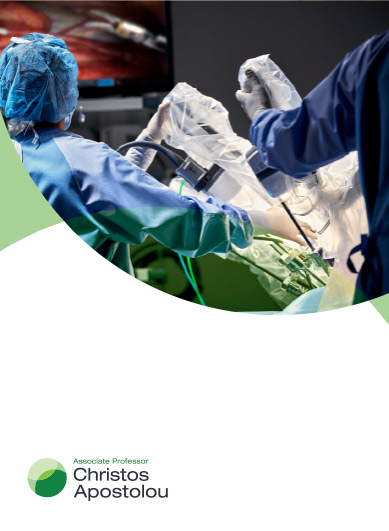Summary
A hernia occurs when organs or tissue push through a weak spot in the muscle walls, commonly in the abdominal or groin areas. Patients often notice symptoms such as a bulge, discomfort, and a feeling of heaviness, especially during physical activities. Surgical intervention is typically recommended for symptomatic hernias to prevent complications, with options including open repair and minimally invasive techniques like laparoscopic surgery. Getting an early diagnosis and timely treatment is crucial for effectively managing and recovering from a hernia.




